An Interview with J.J. “Buddy” Connors III, M.D.
In most every field, there are a small number of individuals who are known to all of their peers. Some are called “famous”, others “infamous”, and Dr Buddy Connors (publishes as J.J. Connors, III) is both. My first experience hearing him address an international audience was, as best I can tell, indicative of his impact on the field of Neurointerventional Surgery. There were scores of physicians hanging on his every word, a small number trying to shout him down for daring to speak against convention, and a group of young neurosurgeons and radiologists in the back, playing a drinking game based on how many times he used the words “stupid”, “wacky”, “shit”, and “holy mackerel”. If he advocated killing anyone (this time he did, the president of a large pharmaceutical company) there were bonus points. He is the most-recognized name in his field, and is probably the closest that a radiologist can come to being a rock star.
Dr Connors developed the modern technique for intracranial angioplasty, designed the first “distal protection device” to make carotid stenting safe (its use is now required by Medicare), and is said to have designed more endovascular neurosurgery equipment than any other single person. He wrote the first textbook in the field of Neurointerventional Surgery, titled Interventional Neuroradiology: Strategies and Practical Techniques. He was also kind enough to grant Redstone Science Ficion an interview, for which we are grateful.
Dr Connors, thank you for taking the time to talk with us.
Call me Buddy. I’m glad to do it.
You are known to be widely read, and to espouse the importance of a wide fund of knowledge outside of your own specialty. Please tell our readers about your philosophy of continued education in medicine.
I am an obsessive compulsive. I am interested in most everything having to do with science, technology and current events, but there are only so many hours in the day. I read everything that I think could impact my field – cardiology, hematology, whatever – and I spend whatever time is left trying to keep up with everything else. It helps not to sleep much.
Do you believe that medicine has become too specialized?
Well, Heinlein said that “specialization is for insects”. There is a need for generalists, but, in general, there is so much to know these days that becoming expert in certain subjects requires specialization, and this means focusing to the exclusion of other things. Even then, with the rapid progress in the sum of human knowledge combined with certain facts no longer being “facts”, it’s almost a full-time job. We’re constantly finding new examples of how stupid we’ve been, and hopefully, fixing them. Because of this, constant training is necessary to just stay in touch with your chosen field. If you can’t do that, you shouldn’t be treating patients.
Prior to practicing medicine, you were a chemical engineer. What initially drew you to chemical engineering?
Math and science. It was something that just made sense, when most stuff doesn’t.
What prompted the change to medicine?
I liked people and I didn’t want to just design chemical plants. If I had gone into the sales side of the business, I would have probably liked Chem E a whole lot more.
For the uninitiated, please describe your field, and your vision for its future:
My profession is like a “plumber in the brain”. We open pipes and close leaks. To some degree it is similar to interventional cardiology with “coronary stents”, and emergency treatment of stroke (similar to treating heart attacks) but my profession also has treatments for tumors, bleeding, aneurysms, and vascular malformations (abnormal tangles of blood vessels that can rupture). My profession has always been dependent upon devices, and for this reasons I have designed angioplasty balloons, various catheters, and pretty much everything used in the angiogram suite, including the suite itself. [angiography suite is the ‘operating room’ for neurointerventional surgeons]







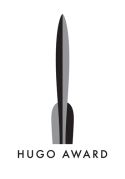
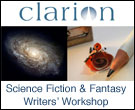



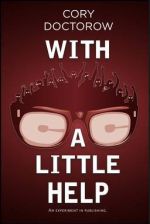


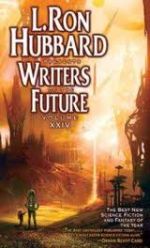
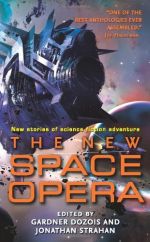



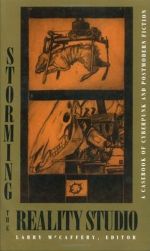



2 comments
[…] An Interview with J.J. “Buddy” Connors III, M.D. , Director of Interventional Neuroradiology at Vanderbilt University Medical Center with Paul Clemmons […]
Great Interview. I met Buddy at ISC a few years ago. What a fireball he is! He must be mellowing, or you hired a censor.